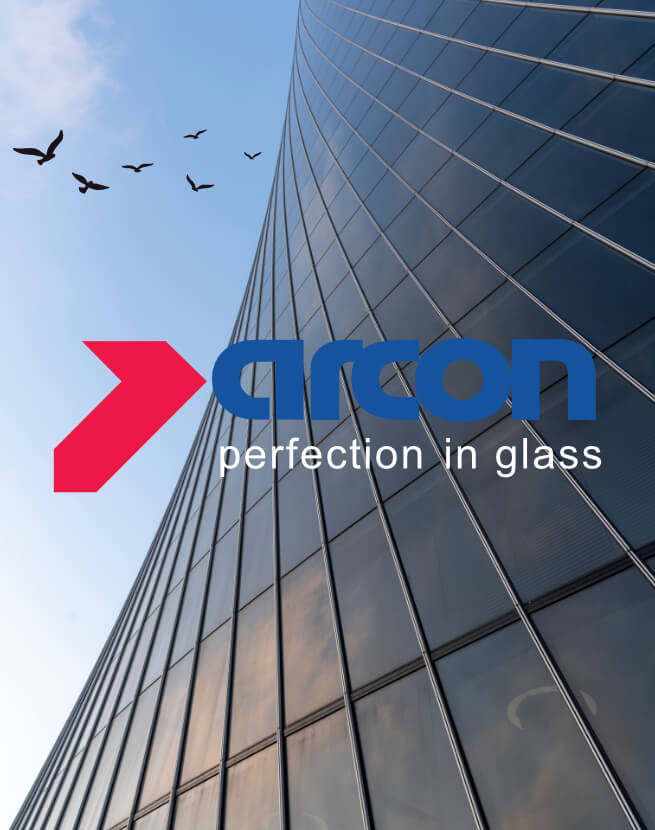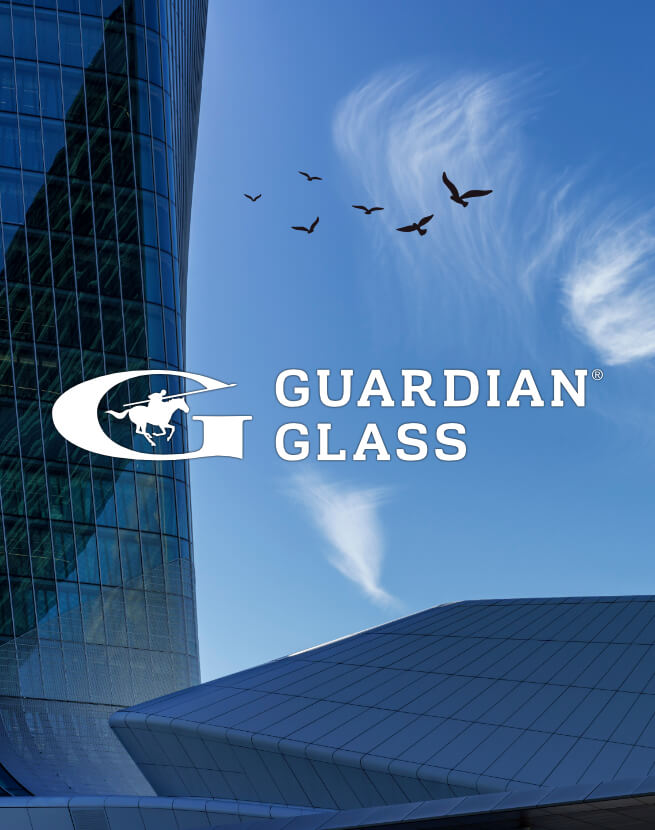
Bird Friendly Solutions
Why do birds collide with glass?
Every year, millions of birds tragically collide with glass windows, doors, and façades, with many of these encounters proving fatal. As glass continues to dominate modern building designs, the number of birds affected by this issue is expected to rise in the coming years. In response, building regulations worldwide are becoming more stringent, prompting architects to seek glass solutions that not only enhance safety and reduce bird collisions but also maintain the aesthetic beauty and performance that their projects demand.
Urban areas, with their dense concentration of buildings and high-rises, often become hotspots for nighttime bird collisions due to the interplay of interior and exterior lighting. Migrating flocks, drawn to the glow of large structures, may strike these towering buildings, capturing headlines and public attention. However, it’s the suburban, low-rise buildings that are responsible for a far greater number of collisions—individual events may go unnoticed, but they occur far more frequently.
In general, there are four key ways in which buildings and their surrounding environments contribute to bird strikes:
KEY WAYS.
Birds often struggle to distinguish between real objects and their reflections, such as trees, the sky, or surrounding habitats. Even glass with lower reflectivity can act as a mirror when the outside is bright and the interior dark. Combined with certain façade designs, these reflections can create visually confusing zones that deceive birds. Reflective materials that produce clear image reflections pose a significant risk to birds, creating hazardous illusions of open space.
When a direct line of sight exists between windows, such as through walkways, corners, bus stops, or transparent sound/wind barriers, birds fail to recognize the glass as an obstacle and may attempt to fly through, leading to collisions. Additionally, indoor spaces such as wooded atriums or areas with plants may appear to birds as inviting natural habitats, further increasing the risk.
The overall design and location of a building play a crucial role in determining both the risk of bird collisions and the effectiveness of protective measures. The shape of the building, its surroundings, and landscaping—especially the future height of tree canopies—have a profound impact on the collision risk profile of the facility.
Birds rely on the night sky and ambient light levels for navigation during migration, which makes them vulnerable to nighttime collisions. Artificial lighting, particularly lights aimed upward, can draw birds in, trapping them in a haze that may lead them to fly until exhaustion. Buildings with potential habitats can especially attract birds, further increasing the risk of collision.
Patterns applied to glass using advanced technologies create visible markers that signal to birds, helping them recognize the glass as an obstacle to avoid. The effectiveness of these solutions varies, influenced by factors such as the technology used, the size and spacing of the pattern elements, and external conditions like the building’s environment, lighting, and the glass’s reflectivity.
Depending on the technology, bird-friendly glass solutions can be highly visible or subtly integrated into the design. They can serve as striking design features, making a bold stylistic statement, or remain discreet with a minimalist aesthetic. From the inside of the building, the visibility of bird deterrents is influenced by lighting and the surrounding scenery. Many patterns are crafted to blend seamlessly, becoming nearly invisible when viewed from a distance.
Bird-friendly solutions can be paired with high-performance coatings, offering thermal insulation and solar control properties. These coatings help maintain a comfortable indoor temperature by reducing solar heat gain in the summer and minimizing heat loss during the winter, enhancing the building’s energy efficiency.
Birds play an essential role in global ecosystems and economies, providing vital services such as pest control, food sources, and soil enrichment, all of which contribute to the overall quality of life. With many bird populations in decline, addressing the issue of bird-window collisions is increasingly urgent. Bird-friendly glass can also contribute to achieving LEED® pilot credit for SSpc55 (“Bird Collision Deterrence,” SSpc55, CS v4—Core and Shell), supporting sustainable and responsible building practices.
PERKS OF BIRD FRIENDLY GLASS.
Got a project?
Whether it’s a cozy residence or a bustling business, share your project with us and let’s create something extraordinary.


